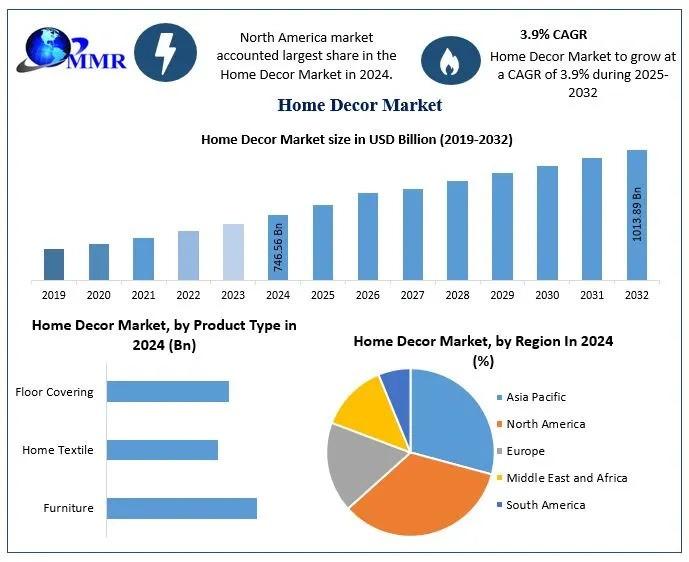Home Depot sees room for home improvement growth despite sales softness

If the U.S. economy is like a continuing series of multitrillion-dollar-a-year waves, Home Depot has been surfing some choppy surf.
When the pandemic triggered massive spending on home improvement goods, Home Depot rode the surge to dramatically higher sales. When consumer habits shifted back toward prepandemic patterns, Home Depot had to rebalance as it glides along with the falling wave.
And as the company surfs through an uncertain sea looking for the next growth spurt, Wall Street is watching.
The Federal Reserve’s campaign to fight inflation, which included hikes to its benchmark interest rates in a bid to cool the economy, have tempered consumer spending and sapped the housing market’s momentum.
But the Fed is expected by many economists to cut its benchmark interest rate in September, which would, in turn, mean many lower rates for borrowing across the economy. Home Depot in a recent conference call with analysts said it believes that decline would spur consumer spending.
That’s possible, but not guaranteed, said Ana Garcia, an analyst at New York-based CFRA, which tracks and analyzes the company’s performance. “Home Depot projects increasing demand … but we don’t see clear evidence of this yet.”
The Vinings-based home improvement giant reported sales of $43.2 billion for the most recent fiscal quarter, but that included revenues from recently acquired SRS Distribution. Home Depot paid $18.3 billion in March for SRS, which sells to home renovation contractors — especially roofers — landscapers and companies that install pools.
When comparing parts of the company that were operated by Home Depot last year, sales were down 3.3%.
It was the seventh consecutive fiscal quarter in which sales were down year over year.
Between early 2020 and late 2022, Home Depot annual revenues rose by $45 billion — an expansion of 40% from prepandemic levels.
“The home improvement retailers did very well during the coronavirus pandemic, as their stores remained open and people staying at home with time on their hands turned to DIY projects,” said Carol Levenson, a stock analyst at Gimme Credit, a New York-based investment service. “More recently, sales are declining as consumers shift from spending on goods to spending on experiences.”
Moreover, high interest rates the past two years make borrowing more costly, which has consumers feeling wary about “big ticket” items, she said.
In a recent teleconference with reporters and analysts, Home Depot CEO Ted Decker said rates contributed to a feeling of uncertainty about the nation’s economic direction, which made consumers hesitant.
Still, company officials cite several reasons for confidence.
First, the market is huge and fragmented, giving an aggressive player ample space to expand, even if it is already the largest player. Even Home Depot, with annual sales last year of about $153 billion, claims just 17% of what the company says is “an addressable market” of nearly $1 trillion.
Second, while many households have retrenched, most are in good shape financially even if they have been worried about interest rates and inflation, Decker said.
Most of Home Depot’s business comes from homeowners, either do-it-yourselfers or those paying contractors to do the work. And while the housing market has been roiled by the pandemic and its aftermath, climbing mortgage rates of 2022 and 2023 have meant fewer sales, but higher prices.
That gives owners more security, Decker told analysts. “The underlying long-term fundamentals supporting home improvement demand are strong.”
And Home Depot officials also say they believe they are outperforming the competition, especially their next-largest competitor, Lowe’s.
North Carolina-based Lowe’s did not respond to a request for comment.
Like Home Depot, Lowe’s said last week that it was trimming back forecasts for profit and sales. The company’s comparable sales were down 5.1% from a year ago.
Gimme Credit revised its rating for Lowe’s, pegging it as a stock that will underperform the overall market. Gimme Credit rates Home Depot as a stock that will perform better than the overall market.
Since Friday, when Fed Chairman Jerome Powell gave his annual address to the Federal Reserve Bank of Kansas City’s annual summit in Jackson Hole, Wyoming, markets have largely rallied with investors expecting a rate cut next month.
Shares for both Home Depot and Lowe’s have responded. Home Depot shares were up about 2.5% by mid-Monday afternoon compared to Thursday’s close, and Lowe’s stock price has climbed about 4.4% in that time.
©2024 The Atlanta Journal-Constitution. Visit at ajc.com. Distributed by Tribune Content Agency, LLC.
link






